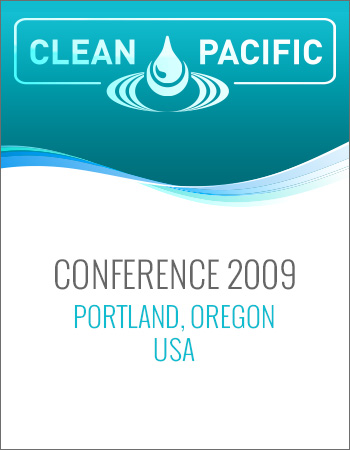The Critical Interval between Obsolescence and Abandonment: Hunting for a Pro-Active Solution to Commercial Vessel Scrapping
M.W. (MAC) McCARTHY and Devon Grennan
Abstract:
At some point in a ship’s life it will travel a timeline between economic obsolescence and scrap. Ending service in a scrap yard may well be a benchmark for responsible vessel ownership. However some commercial vessels, particularly those intermediate sized ships of marginal value and utility, may have a difficult time arriving at the scrap yard and subsequently make a course deviation into abandonment; once abandoned they become environmental threats usually harboring hazardous and noxious substances and impacting habitat. Abandoned vessels often pose latent economic threats typically as a navigational hazards and attractive nuisances. Solving the problem of an abandoned vessel often falls to the resource trustee who for lack of staff and funds may find it more expedient to ignore the case.
No coherent path to the scrap yard exists for the responsible owner of an obsolete vessel and that path may even be inconsistent at best to a resource trustee trying to proactively mitigate a derelict. Both parties face a series of permit hurdles across multiple agencies many of which lack an incentive to coordinate across jurisdictions. For the obsolete vessel owner the path of least resistance is to pass that vessel down to a marginal operator who may be the least capable entity to initiate responsible vessel recycling. For the resource trustee, the path of least resistance maybe inaction until the vessel becomes an emergency response.
No healthy ship recycling industry exists in the United States. Shipyards shy away from self-performance or leasing space to a subcontractor for liability reasons. A permit applicant desirous of proactively scrapping a ship upland would nominally face an uncoordinated battery of federal, state and local permit requirements that could further be subdivided according to special disciplines. In short, lack of a regulatory champion willing to address policy inconsistencies and barriers for the proactive disposal of derelict, abandoned and obsolete vessels threatens to channel these ships toward more costly emergency actions.
Read More
